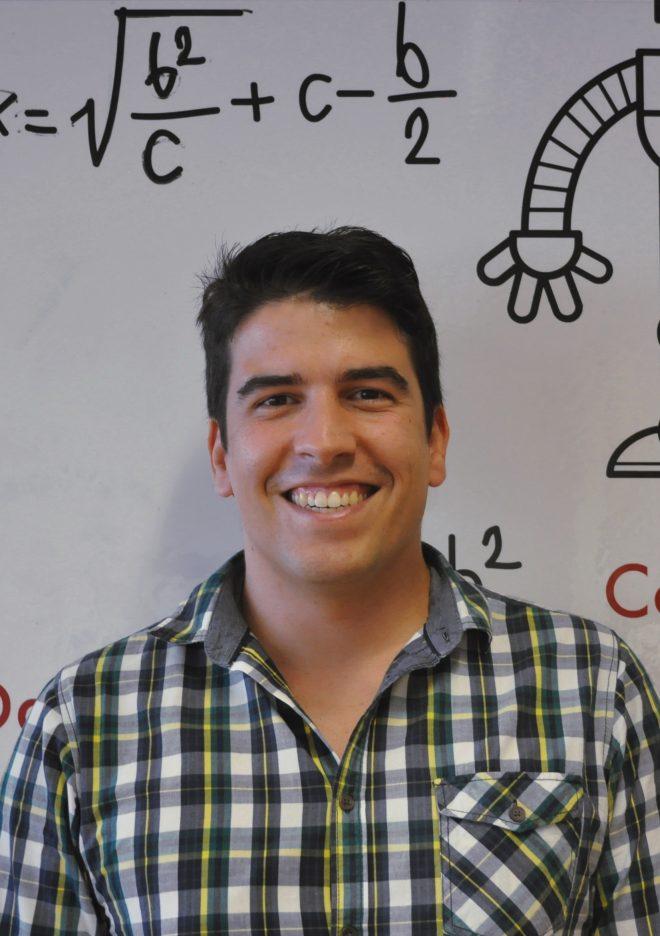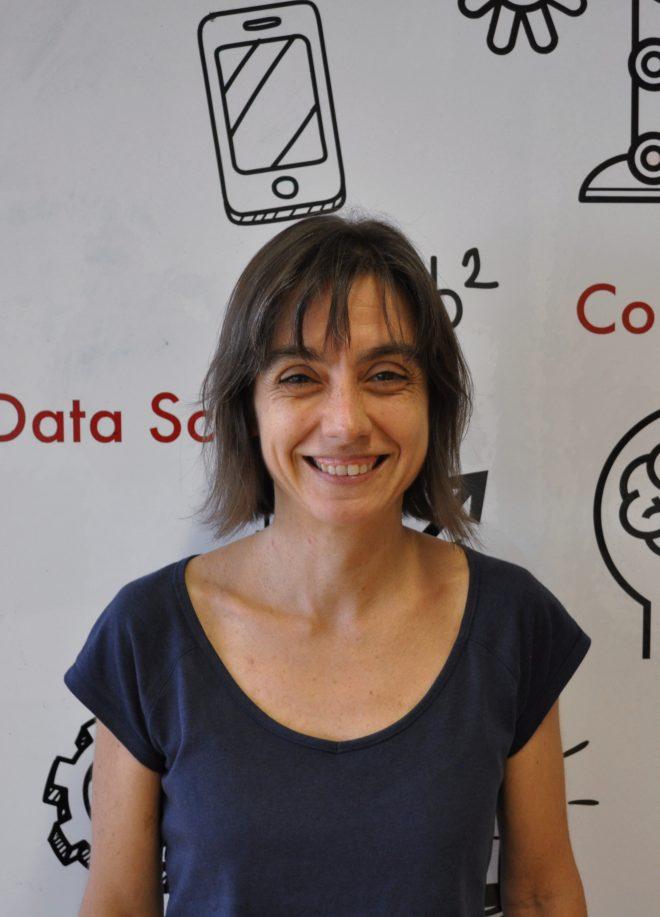| Acronym | FirePuma |
|---|---|
| Name | Forest Fire Prevention through Uncertainty Minimization in Surveillance |
| Funding Reference | PCIF/MPG/0156/2019 |
| Dates | 2021-02|2024-01 |
| Summary | Forest fires prevention and fighting has been getting increased attention from the media following consecutive disasters where a combination of poor planning, more extreme weather conditions, lack of maintenance of the forest given a rural abandonment, etc. have had huge financial costs and claiming human lives. On that framework, a much-needed effort in finding technological solutions to this problem has motivated researchers attacking parts of the problem.
We highlight the focus on estimating the likelihood of fire occurrence, gathering alerts from the population and using autonomous vehicles to detect the existence of fire. In this project, the aim is to combine all these techniques and answer 3 fundamental challenges regarding the identified topics: i. how to efficiently maintain a map of the likelihood of fire or the uncertainty regarding whether an area is safe or not? ii. how to detect and eliminate false data crowdsourced from the population? iii. how to define at a mission level the optimal route for the autonomous mechanisms in order to reduce the uncertainty of existence of fire in problematic areas. The 3 mentioned areas cannot work independently if one is building an efficient system for surveillance. Though all can have an impact on a future strategy, they suffer from shortcomings only mitigated through integration. If estimating the likelihood of fires based on weather and terrain conditions, the system is oblivious to criminal malice or people with an economic agenda. On the other hand, this can be mitigated if the information is merged with crowdsourced data from citizens willing to cooperate in preventing fire destruction through early detection. If using just citizens’ data, one is left with parts of the terrain that are not visited often and where fires can gain momentum. Such a shortcoming can be avoided using autonomous vehicles that can inspect remote areas. Nevertheless, these automatic methods are insufficient on their own due to a high needed investment if considering covering the whole area. In the context of Portugal alone, there are 9 221 200 ha (3.2 million ha according to the PEFC Portugal website – (https://www.pefc.pt/) which renders these solutions expensive to be applied on their own to the whole territory. Therefore, substantial gains can be attained if these 3 areas of research are combined. The main objective would be to maintain a real-time map regarding the probability of fires based on the probability of occurrence given weather and other conditions and on the level of uncertainty measured from the last submitted data of citizens using mobile applications. An optimal trajectory for surveillance can be computed using autonomous systems by reducing the probability of fire through the minimization of the uncertainty in the map. The abovementioned motivations encourage research not only given the importance to society of dealing with forest fires but also at the scientific level. The storage of the map cannot be a grid based discretization due to the size of the forest area nor can it resort to well-studied distributions due to their conservativeness. By leveraging the concept of moment and characteristic functions a novel approximation with desired accuracy is an expected outcome. The main advantage being the existence of fast algorithms (such as Fast Fourier Transform) to compute posterior probabilities and being able to represent probability density function with a modest trade-off between computational cost and accuracy. The research team work [1] has proposed a type of estimator that is an initial contribution by considering a discrete stochastic process changing the dynamics concerning the evolution of the uncertainty. The research in crowdsource data aims at building classifiers from Machine Learning (Bayesian Networks, linear classifiers, etc) and testing their capability to be resilient to attackers when these are injecting false data in order to reduce the accuracy of the estimation. Concepts from rating and recommender systems are going to be employed in order to turn these algorithms resilient and improve the performance of platforms aiming to follow the European Commission interest through the Horizon 2020 programme in supporting the connection between citizens and science (see website https://ecsa.citizen-science.net). The article [2] from the research team lays the foundation for the proposed exploration in combining recommender systems to obtain resilient algorithms. The surveillance routes are going to be based on two key aspects: desynchronization of the autonomous agents [3] to maximize the uncertainty reduction and optimization-based design of trajectories resorting to distributed optimization. |
| Research Groups |
Dynamical Systems and Ocean Robotics Lab (DSOR) |
| Project Partners | Associação do Instituto Superior Técnico para a Investigação e Desenvolvimento (IST-ID) |
| ISR/IST Responsible | |
| People |



